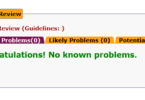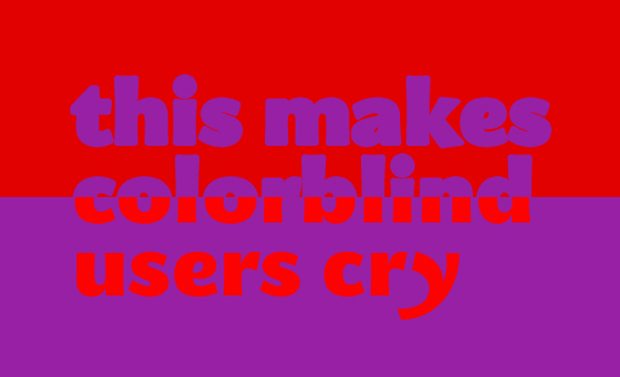Most countries around the world have adopted and ratified the United Nations Convention on the Rights of Persons with Disability (UNCRPD).
To date, the UNCRPD has been signed by 164 countries and ratified (or made legally binding) by 180.
The United Nations Convention on the Rights of Persons with Disability
The UNCRPD was adopted in December 2006 and entered into force in 2008. It builds upon previously documents related to people with disabilities such as the World Programme of Action on Disabled Persons (1982).
The Convention was adopted as a response to what was deemed an overlooked development challenge. The World Health Organisation (WHO) estimates that approximately 25% of the world’s population is affected by disability, and 80% of the world’s people with disabilities live in low-income countries. It was deemed that people with disabilities were being denied their human rights.
“The convention sets out the legal obligations on States to promote and protect the rights of persons with disabilities. It does not create new rights.” sets out the legal obligations on States to promote and protect the rights of persons with disabilities. It does not create new rights.” United Nations: The Convention in Brief
UNCRPD is the document most cited in respect to digital accessibility. It is a commitment by those countries which have signed and ratified the Convention that they will abide by the policies.
People with disability have the right to access all aspects of society on an equal basis with others including the physical environment, transportation, information and communications, and other facilities and services provided to the public.
In addition to being signatories to the UNCRPD and agreeing to abide by that Convention, most countries have adopted their own methods for governing digital accessibility internally. For some countries, the requirements only apply to government organizations, and in others, it applies to both public and private organizations. However most require compliance with the W3C Web Content Accessibility Guidelines (WCAG) 2.0 or 2.1. For instance:
- Australia uses the Disability Discrimination Act of 1992 which applies to both public and private sector organizations, basing their requirements on WCAG 2.0.
- Canada uses the Canadian Human Rights Act of 1985 which applies to both public and private sector organizations. Canada also has the Policy on Communications and Federal Identity, 2016 which applies to government organizations and is based on WCAG 2.0.
- The European Union currently has the Web Accessibility Directive and the European Accessibility Act, which use WCAG 2.1.
- The United States has a number of laws and requirements some of which are based on WCAG 2.0 and others no different variations, some applying to public and private sector and others to one or the other.
- The United Kingdom has the Equality Act, 2010 which is a non-discrimination law applying to both public and private sector organizations and is based on WCAG 2.0.







